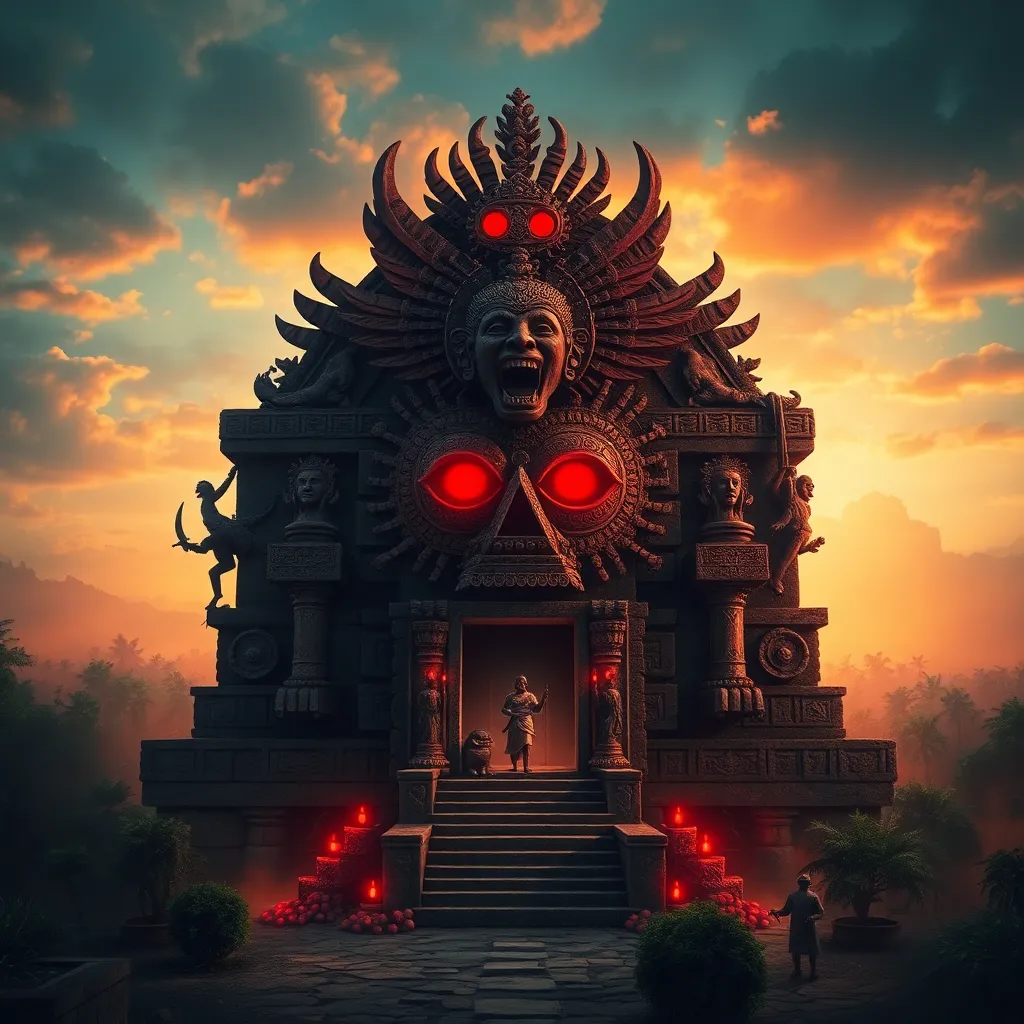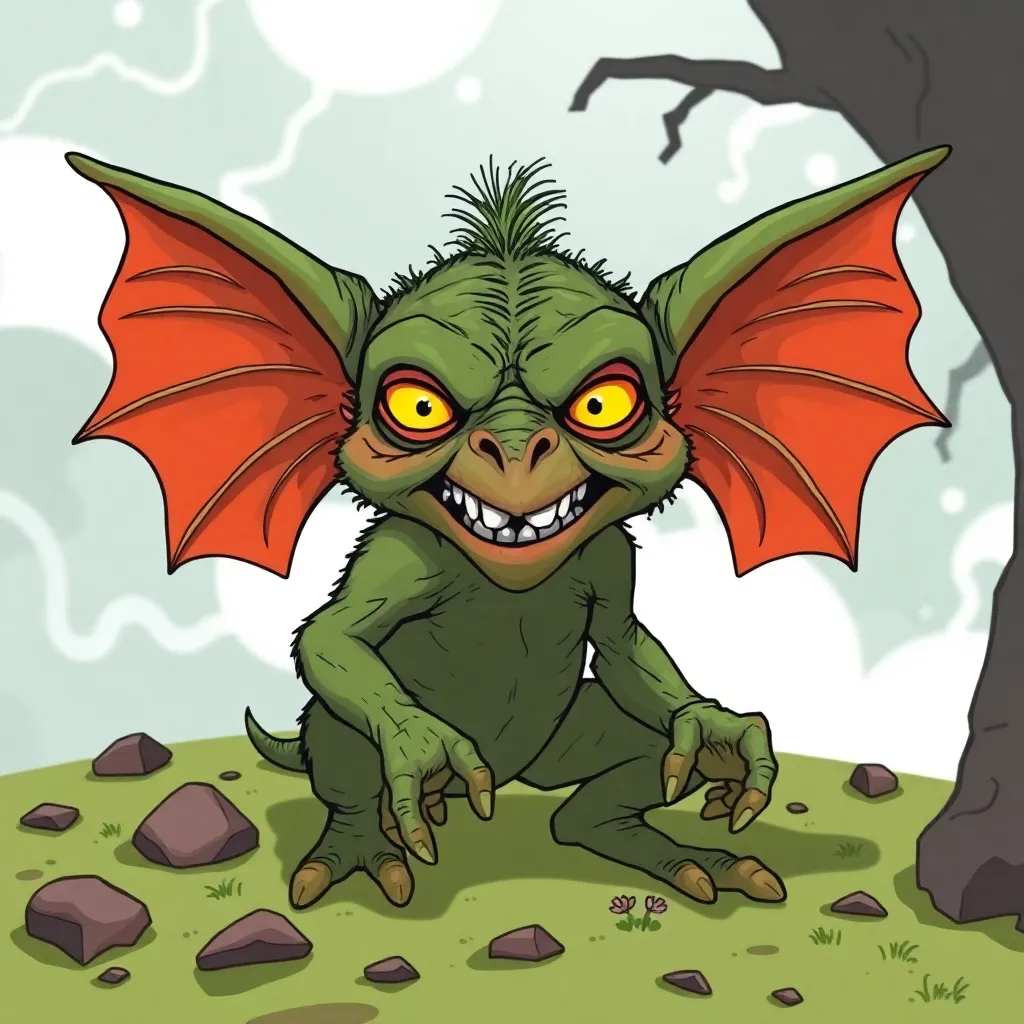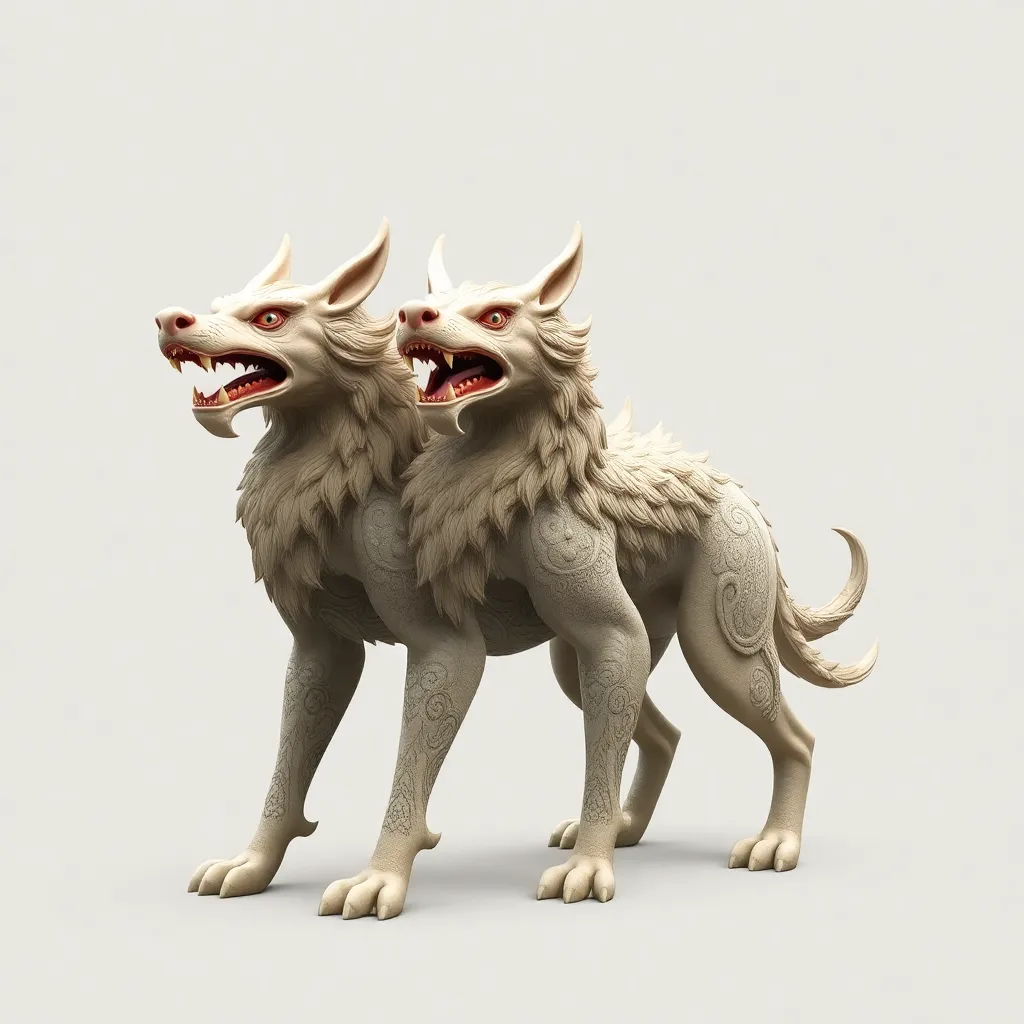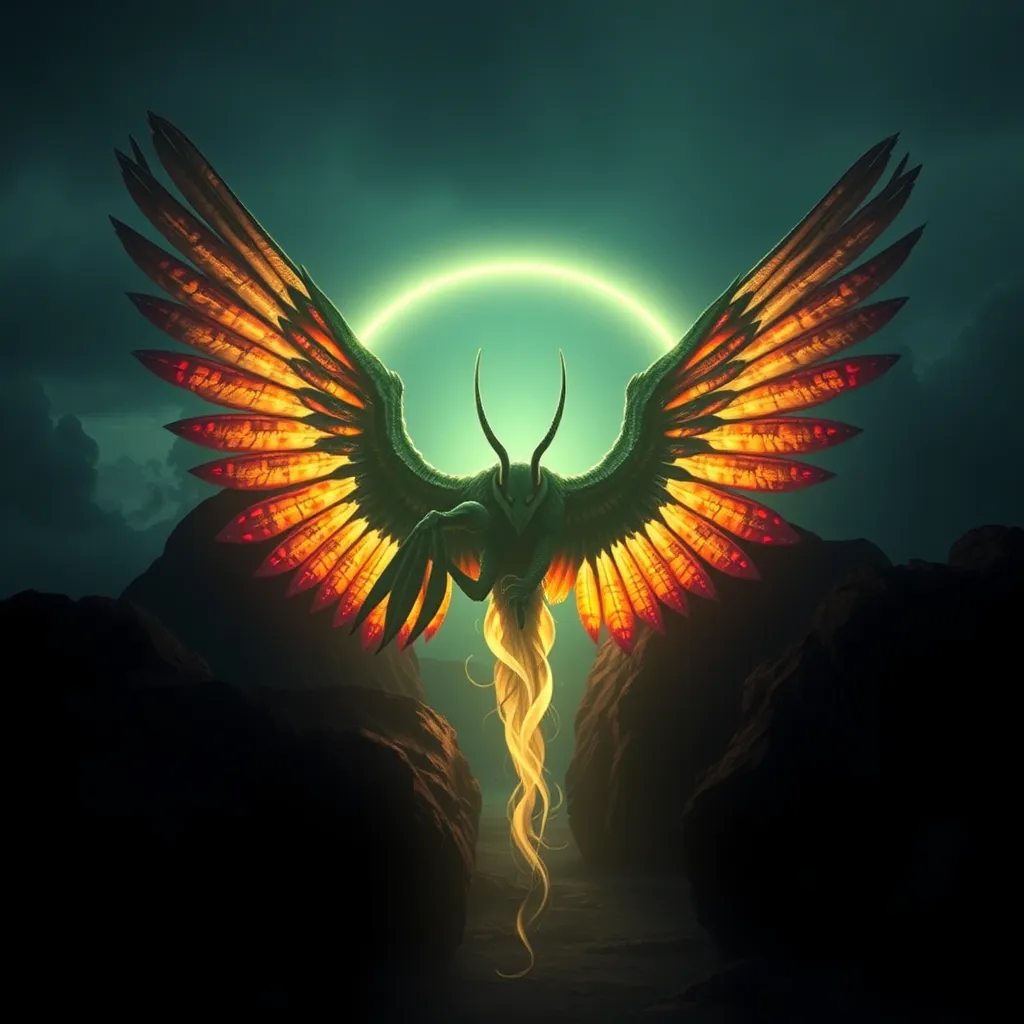Ah Puch and the Gods of the Maya: The Politics of the Underworld
I. Introduction
Ah Puch, often referred to as the Maya god of death, holds a pivotal role in the rich tapestry of Maya mythology. As a deity associated with the underworld, known as Xibalba, Ah Puch embodies the ancient Maya’s complex beliefs about death, the afterlife, and the cyclical nature of life. The importance of the underworld in Maya cosmology cannot be overstated, as it serves as the realm where souls journey after death, and where significant political dynamics among the gods unfold.
This article aims to explore the intricate political relationships among the gods of the underworld, particularly focusing on Ah Puch and how these dynamics reflect the broader social and political structures of the Maya civilization.
II. The Mythological Context of Ah Puch
Ah Puch is typically depicted as a skeletal figure adorned with the symbols of decay and death. His features often include a skull, skeletal limbs, and a representation of the underworld elements such as owls, bats, and other creatures associated with death. He is sometimes illustrated with a nose resembling a death’s head, further emphasizing his connection to mortality.
Within the broader context of Maya cosmology, Ah Puch plays a crucial role in the beliefs surrounding the afterlife. The Maya believed that after death, a soul would embark on a treacherous journey through Xibalba, facing numerous trials and challenges. Ah Puch, as the ruler of this underworld, oversaw this passage, determining the fate of the deceased based on their actions in life.
Furthermore, Ah Puch maintains complex relationships with other deities in the underworld, including his counterparts who represent various aspects of death and the afterlife. These relationships underscore the interconnectedness of life, death, and the political landscape among the gods.
III. The Structure of the Maya Underworld
The Maya underworld, known as Xibalba, is depicted as a dark and foreboding realm. It is often described in various codices and myths as having multiple levels and chambers, each with distinct characteristics and challenges for the souls that navigate them.
Key locations within Xibalba include:
- The House of Bats: A chamber filled with bats that symbolize fear and the unknown.
- The House of Cold: A place representing despair and the chill of death.
- The House of Jaguars: A realm where the fierce jaguar spirits roam, symbolizing the power and ferocity of death.
The journey of souls through Xibalba is laden with political implications, as the trials they face often reflect the moral and social codes of Maya society. Successful navigation through these trials could lead to a favorable afterlife, while failure could result in eternal suffering under the rule of Ah Puch.
IV. The Political Dynamics Among Underworld Deities
The hierarchy of the underworld gods is not only a reflection of their powers but also of the political dynamics that govern their interactions. Ah Puch, as the primary death deity, occupies a prominent position, yet he is not without rivals and allies.
Key dynamics include:
- Hierarchical Structure: Ah Puch is often seen as the top deity in Xibalba, but he shares power with other gods, such as the Lords of Xibalba, who have their own distinct functions and personalities.
- Rivalries and Alliances: The relationships among the deities can be contentious, with rivalries emerging over control of the souls and the influence over the living. Alliances can also form, particularly among those who seek to challenge Ah Puch’s dominance.
These relationships not only mirror the social and political themes present in Maya society but also serve to reinforce the power structures that governed the lives of the Maya people.
V. Ah Puch’s Influence on Maya Society
Ah Puch’s influence extended beyond mythological narratives into the rituals and practices of the Maya. Various ceremonies were conducted to appease him and to seek favor for the deceased.
Rituals associated with Ah Puch included:
- Offerings: Food, incense, and other items were offered to Ah Puch to ensure safe passage for souls.
- Burial Practices: The way the Maya buried their dead reflected their beliefs about the afterlife, with special attention given to the positioning and accompanying artifacts.
- Public Ceremonies: Festivals celebrating death and honoring ancestors were integral to Maya culture, reinforcing the community’s connection to Ah Puch.
The beliefs surrounding death and the afterlife played a significant role in Maya politics and governance. Leaders often invoked Ah Puch to legitimize their authority, using his imagery and narratives to instill fear and respect among the populace.
VI. Artistic Representations of Ah Puch and the Underworld
The artistic depictions of Ah Puch and the underworld are crucial for understanding Maya beliefs. Codices, pottery, and carvings often feature intricate representations of Ah Puch, showcasing not only his physical attributes but also the cultural significance of death.
Some notable aspects of these artistic representations include:
- Codices: Texts such as the Dresden Codex illustrate the journey of souls and the role of Ah Puch in the afterlife.
- Pottery: Ceramics often depict scenes of the underworld, with Ah Puch in various contexts, highlighting his importance in daily life and spirituality.
- Carvings: Stone carvings found in temples and monuments serve to communicate the power of Ah Puch and the political messages associated with him.
These artistic expressions not only convey beliefs about death but also reflect the political narratives that surrounded the worship of Ah Puch and the other gods of Xibalba.
VII. Comparative Analysis with Other Mythologies
Ah Puch presents intriguing similarities and differences when compared to death deities in other cultures. Across various mythologies, themes of death, power, and the afterlife resonate universally.
Some points of comparison include:
- Similarities: Like the Egyptian Osiris and the Greek Hades, Ah Puch governs the realm of the dead and oversees the passage of souls, embodying the fear and reverence associated with death.
- Differences: Unlike many deities in other cultures who may represent the afterlife as a realm of peace, Ah Puch’s underworld is often portrayed as a challenging and fearful place.
Insights drawn from comparative mythology enhance our understanding of Maya beliefs, illustrating how cultural narratives shape societal views on death and power.
VIII. Conclusion
In summary, Ah Puch and the politics of the underworld reveal a complex interplay of beliefs within Maya society. The hierarchical structures, rivalries, and alliances among the deities reflect broader social dynamics that governed the lives of the Maya people.
The legacy of Maya beliefs about death and the underworld continues to resonate in contemporary culture, as these narratives are explored and reinterpreted in modern contexts. Understanding these mythologies provides valuable insights into historical societies and their enduring influence on modern beliefs about death and power.
As we delve into the study of mythology, we uncover layers of meaning that connect us to our past and inform our understanding of the human experience.



